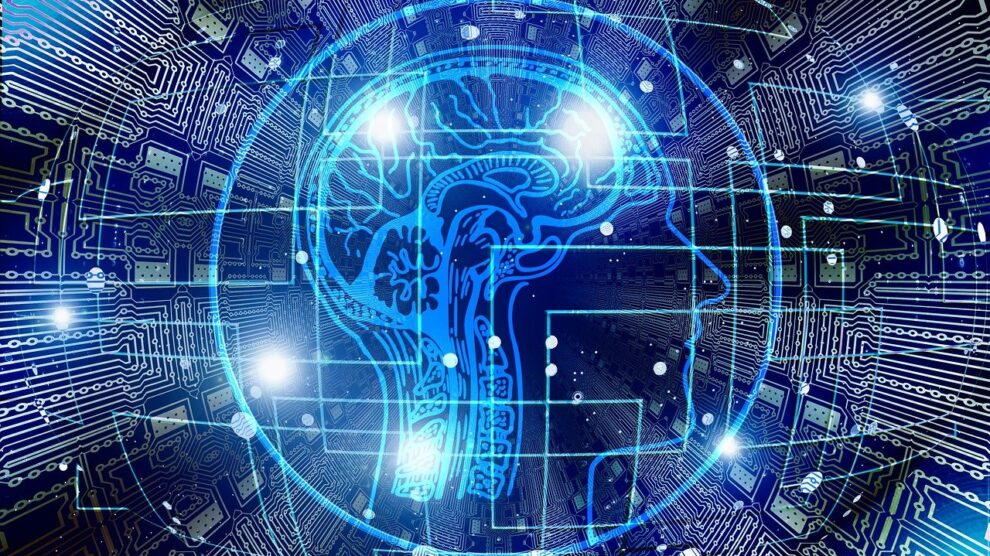Digital lending is set to account for up to 50% of personal loans in the coming years. The trend towards online lending makes the immediate collection of personal information from online loan applicants more efficient than ever. Online loan application and credit underwriting programs are more heavily relying on artificial intelligence (AI) through custom lending software development to analyze trends identified from online data collection.
Innovations in loan software development rely on AI capabilities to apply patterns recognized through the review of data collected from multiple sources to automate as many decisions as possible in the loan approval process. As a result, the personal loan industry is addressing traditional biases in credit decisions and expanding access to credit for previously unserved groups. Fortunately, this involves a more efficient loan approval process with fewer human errors and more reliable creditworthiness determinations for each loan application.
The Benefits of AI Technology for the Lending Industry
Learn more below about the latest changes to the digital lending industry as a result of AI technology incorporated in lending software.
New and Better Ways of Determining Creditworthiness
AI technology minimizes the potential errors in creditworthiness determinations because the lending company’s employees will have fewer administrative tasks to perform. As such, they will have more time to spend on analyzing margin calls or making judgment calls that a machine is simply not capable of making. This means that the traditional credit score model of determining creditworthiness is already being revamped.
The credit score model relied heavily on a borrower’s personal credit history to determine creditworthiness, which was a problem for loan applicants who have historically been denied access to credit. However, AI technology collects data from a range of sources to project how likely each loan applicant is to pay off their loan balance on time. This allows financial institutions to provide credit to more consumers who would not have otherwise been eligible to borrow money because of a lack of robust personal credit history.
Regulatory Compliance and AI in Lending
State and federal regulatory authorities have taken a more proactive approach to enforce consumer protections, especially in the personal loan industry. This means that it is more important than ever before to ensure compliance with all applicable laws and regulations. One of the major advantages of using AI technology in loan software programs is that employees will not have to concentrate on repetitive tasks for regulatory compliance because they will be automated. According to a recent survey of financial institutions, this automation resulted in cost savings of 15% over two years.
Having employees focus more on the significant regulatory compliance tasks involving critical thinking means that financial institutions are less likely to drop the ball on major regulatory tasks. It also enables data-driven decisions in regulatory reporting so that state and federal authorities receive more accurate information from financial institutions.
Streamlining the User Experience through AI
Online lending platforms provide personal loan applicants a full-service experience in applying for credit and receiving a decision on their loan application. The major changes that AI has ushered into the loan application process are increased speed and fewer errors throughout the loan application and approval process. This is an important step towards meeting customer expectations of faster turnaround times on loan applications so that they know within 24 hours whether they have been approved for a personal loan or not.
Gone are the days when customers appreciated having an in-person relationship with their local banker. Online access to loan applications and mobile banking has created an expectation of immediate access to information about consumer accounts and decisions on credit applications. AI allows financial institutions to keep up with the back-end work required to provide these services to consumers in record time.
In addition, consumers are receiving more targeted marketing from financial institutions based on their profiles and backgrounds. Banks are able to identify the major trends for groups of potential loan applicants and can tailor their marketing campaigns and services offered to fit the needs of specific groups of potential borrowers.
Better Lending Decisions for P2P Lending
P2P lending involves peer-to-peer lending, which involves the bank acting more as a broker in a transaction between a separate lender and borrower. The bank also plays a role in risk mitigation by establishing the interest rate for the transaction based on the relative risk involved, particularly how likely the borrower is to pay back the loan balance on time. The use of AI technology in supporting P2P lending means that banks will be able to set accurate interest rates for each transaction.
Another way that AI in P2P lending software is expanding access to P2P lending and making transactions safer is through protections against data breaches. There is a vast amount of personal and financial information exchanged in an application for a loan with P2P lending, which can make borrowers vulnerable to identity theft. AI technology helps create alerts for lenders when there has been an abnormality in their data security. Lenders can quickly identify if there has been an actual data breach and immediately take steps to alert consumers and secure their personal data.
Final Thoughts on the Impact of AI Technology on the Digital Lending Industry
The lending industry is rapidly embracing digital lending as the quickest route to connect with creditworthy personal loan applicants. The efficiency gains and accuracy that AI brings to the personal loan industry make it one of the most significant developments in personal loan platforms and creditworthiness evaluations. Along with increasing access to credit for groups of consumers who may not have previously qualified based solely on the use of credit scores to make creditworthiness determinations, AI helps banks more accurately assess risk and set appropriate interest rates.





